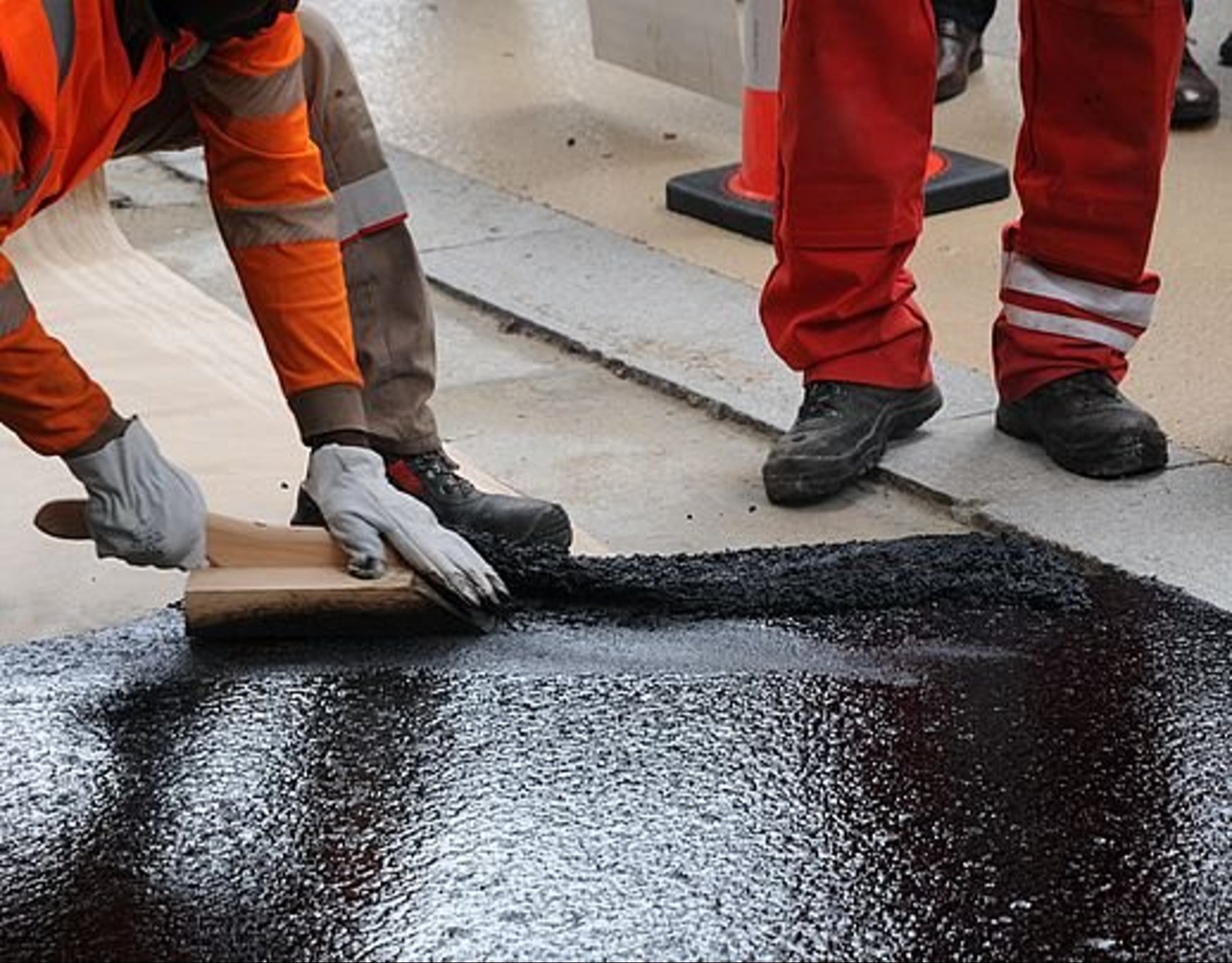
When submitting tenders for construction projects involving bitumen mastic, it is essential to meet the specific technical requirements outlined in the British Standard Specifications (BSS). Ensuring full compliance with these standards is critical for delivering high-performance, durable, and safe surfaces across a wide range of applications—including roofing, road surfacing, bridge decks, and flooring systems.
Key Specifications
To guarantee long-lasting results and optimal material performance, both contractors and suppliers must ensure that the bitumen mastic used meets exacting standards. Below are the core areas of focus when preparing for tender submissions involving bitumen mastic specifications:
1. Grade and Type of Mastic Asphalt
Bitumen mastic is classified based on the type of aggregate incorporated in the mixture. The two most common types include:
Natural Rock Aggregate Mastic Asphalt
Limestone Aggregate Mastic Asphalt
Each of these types must conform strictly to the applicable British Standard Specifications (BSS). The selected aggregate influences the texture, durability, and thermal resistance of the mastic asphalt. Adhering to the correct BSS table and column references ensures consistency in the composition and performance of the asphaltic cement.
2. Asphaltic Cement Selection and Standard Compliance
The choice of asphaltic cement must correspond with the relevant BSS guidelines, considering crucial factors such as:
Viscosity
Penetration index
Performance under load and temperature variations
Additionally, the correct isolating membrane must be used beneath the mastic layer to prevent moisture penetration. Recommended underlays include:
Sheathing Felt
Fiberglass Tissue
Kraft Building Paper
3. Surface Reflective and Protective Treatments
To improve surface resilience and prolong the life of the mastic asphalt, various surface treatment options may be applied. These treatments also enhance functionality, safety, and aesthetics:
Aggregate Chippings – provides anti-slip properties
Bituminous Aluminium Paint – reflects heat and protects against UV radiation
Acrylic Coloured Paint – offers additional protective coating and visual appeal
Mastic Asphalt Standards for Tendering Professionals
Engineers, architects, and quantity surveyors should clearly define the required mastic asphalt standards in tender documents. This includes specifying the exact British Standard references for the grade, aggregate type, and asphaltic cement. Doing so ensures uniform quality across all stages of project delivery and minimizes the risk of costly rework or premature failure.
Benefits of Using BSS-Compliant Bitumen Mastic
Using BSS-compliant bitumen mastic ensures a wide range of benefits, including:
Superior waterproofing and durability
Exceptional flexibility and resistance to cracking
Compatibility with various construction applications (roofing, flooring, infrastructure)
Full compliance with industry safety and quality standards